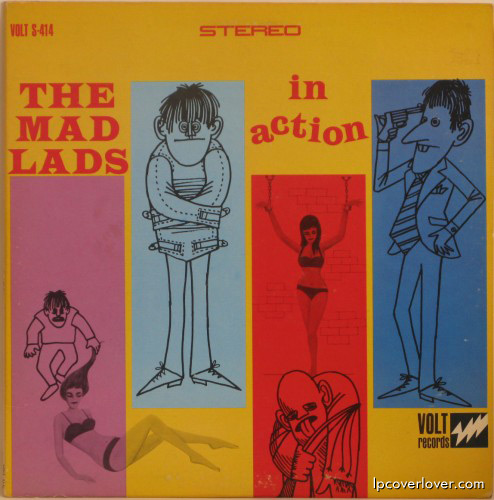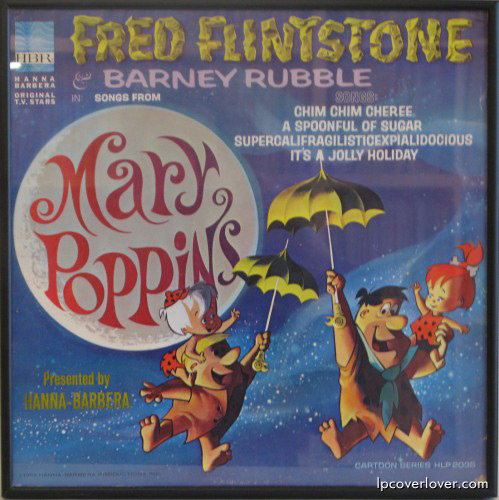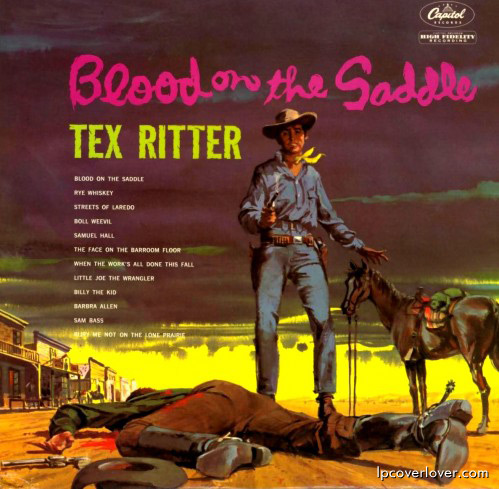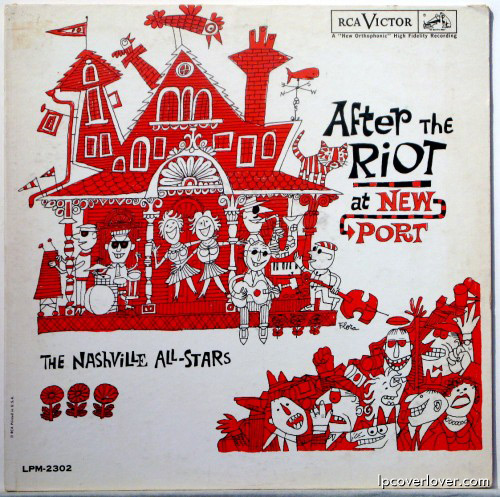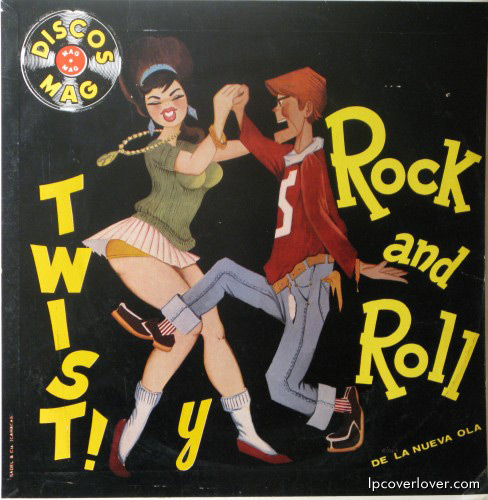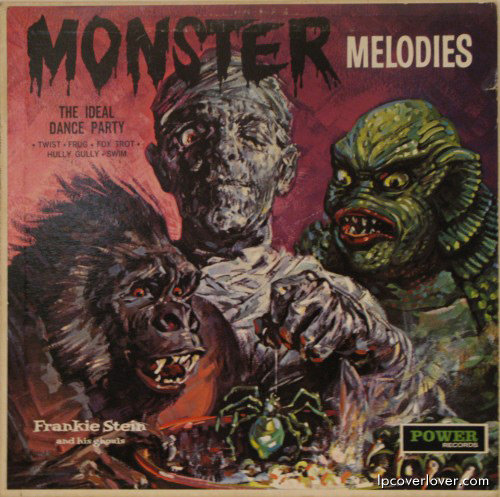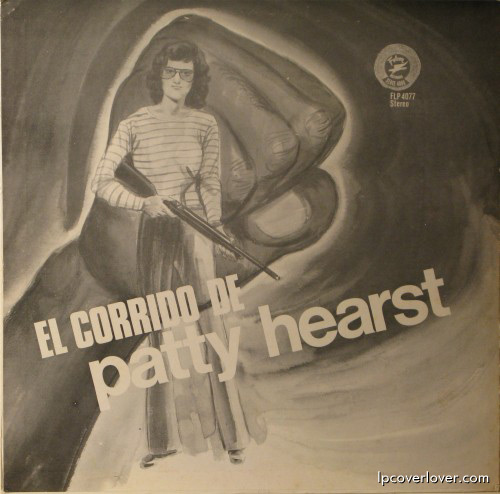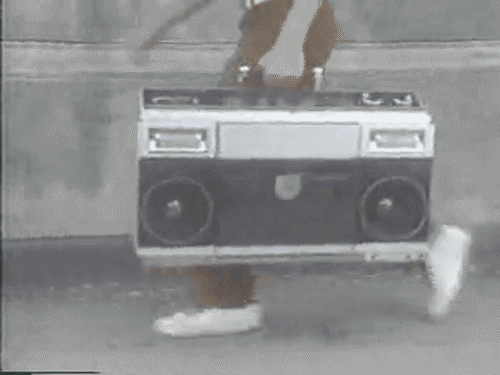Illustration
You are currently browsing the archive for the Illustration category.
All killer, no filler
The Mad Lads in Action Volt Records (1966) One of the few vocal groups on the Stax roster during the ’60s, the Mad Lads’ doo wop-influenced harmonies were more akin to what you might find in Philadelphia soul acts than those of their native Memphis. Action includes all of the Mad Lads first recordings, except for their debut “Sidewalk Surf.” (Remakes comprise 25-percent of the album.) The waltz tempo, “I Want Someone” went to number ten (R&B) and number 74 (Pop), and is their biggest selling single. “Don’t Have to Shop Around,” was the group’s second best-selling record, charting at number 11 (R&B) and number 93 (Pop).
The C.O.D.’s hit the big-time with “Michael the Lover,” but listening to the Mad Lads re-recording, you’d think it was written just for them. Listen up: Michael the Lover (lp version)
He got ritter that feller
“Blood on the Saddle” Tex Ritter Capitol Records Listen as Tex really slows down and stretches out the lyrics on this baby. Nice pulp Western painting on the cover.
John Ritter’s pappy was well suited to the role of singing cowboy. He looked and acted the part and was singing the type of songs he loved best. Although Ritter’s films never had the production values of films starring Gene Autry or Roy Rogers, he still enjoyed considerable success at the box office.
In 1942, after a decade of recording with little success, Ritter became one of the first artists signed by the newly formed Capitol Records. He soon began scoring major hits with records such as “Jealous Heart,†“ Rye Whiskey,†“I’m Wastin’ My Tears on You,†and “You Will Have to Pay.†Ritter would record for Capitol for the rest of his life.
In 1952, Ritter recorded the movie title-track song “High Noon (Do Not Forsake Me Oh My Darlin’) which became a hit. He sang “High Noon” at the first Academy Awards ceremony to be televised in 1953, and it received an Oscar for Best Song that year.
He achieved significant success with “Jingle, Jangle, Jingle,” and in 1944, he scored another hit with “I’m Wastin’ My Tears On You,” which hit #1 on the country charts and #11 on the Pop charts. “There’s A New Moon Over My Shoulder” was a country charts #2 and Pop charts #21. In 1945, he had the #1, #2 and #3 songs on Billboard’s “Most Played Jukebox Folk Records” poll, a first in the industry. Between 1945 and 1946, he registered seven consecutive Top 5 hits, including “You Two Timed Me One Time Too Often,” a country #1 which spent eleven weeks on the charts. In 1948, “Rye Whiskey” and his cover of “Deck Of Cards” both made the Top 10 and “Pecos Bill” reached #15. In 1950, “Daddy’s Last Letter (Private First Class John H. McCormick)” also became a hit.
Tex bit the dust in 1974.
Riot on!
“After the Riot at Newport” The Nashvilled All-Stars RCA Victor Cover art by the always whimsical and wonderful Jim Flora. (1960) A weird collection of western swing and be-bop by Hank Garland, Chet Atkins (guitars), Gary Burton (Vibes), Brenton Banks (violin, piano), Floyd Cramer (piano), Bob Moore (bass), Buddy Harman (drums), Boots Randolph (tenor sax).
Songs include: “Relaxin'” (Jimmy Guinn); “Nashville to Newport” (Chet Atkins); “Opus de Funk” (Horace Silver); “S’Wonderful” (Gershwin); “‘Round Midnight” (Monk); “Frankie and Johnny” (Traditional); “Riot-Chous” (Hank Garland, Boots Randolph).
The All-Stars Newport Jazz Festival performance was cancelled after the infamous 1960 “riot” that caused George Wein and organizers to shut down the festival. The band performed never-the-less at one of those Newport mansions where they recorded this record. George Wein wrote the liner notes.
Bahamian rhapsody
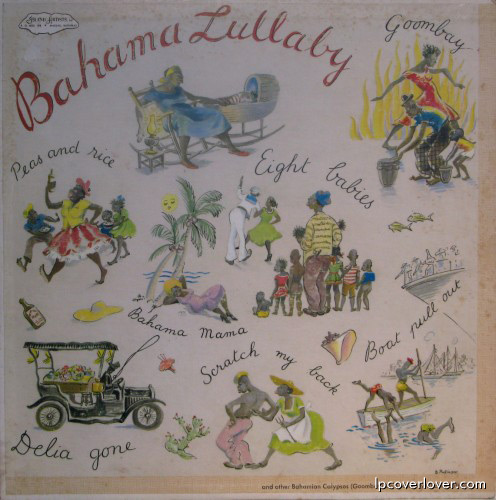
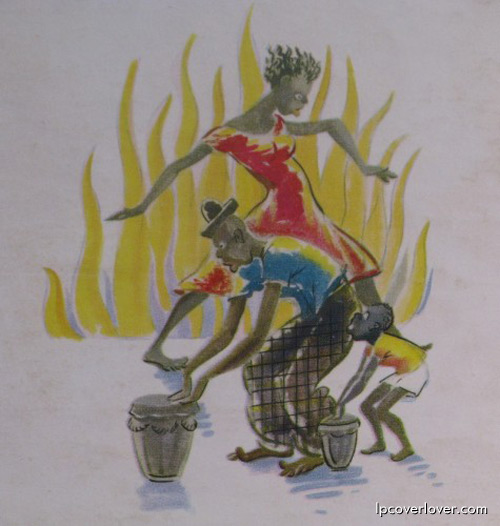
“Bahama Lullaby” (1957) Island Artists Records Compositions by Charlie Lofthouse with vocals by Vincent Martin and the goombay drumming of Charlie “Peanuts” Taylor.
Ghouls night out
“Monster Melodies” The Ideal Dance Party with Frankie Stein and his Ghouls Power Records There are at least six of these Frankie Stein sessions on Power, all with groovy covers. I’ll list them all eventually (see the “Monster” category). This looks like an illustration that might have graced the cover of Famous Monsters of Filmdom magazine. But this is done tongue in cheek with songs titles like “”Doctor Spook”, “In a Groovy Grave”, “All Choked Up” and “Dressed to Kill” all played in the dance styles of the day – the twist, frug, hully gully and mashed potato, etc. “The die-namic sound with the DEAD beat that has everything to make your dancing party a HOWLING success…”

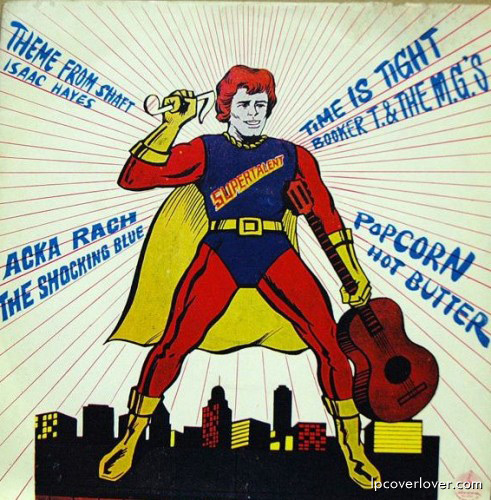


 (39 votes, average: 3.59 out of 5)
(39 votes, average: 3.59 out of 5)